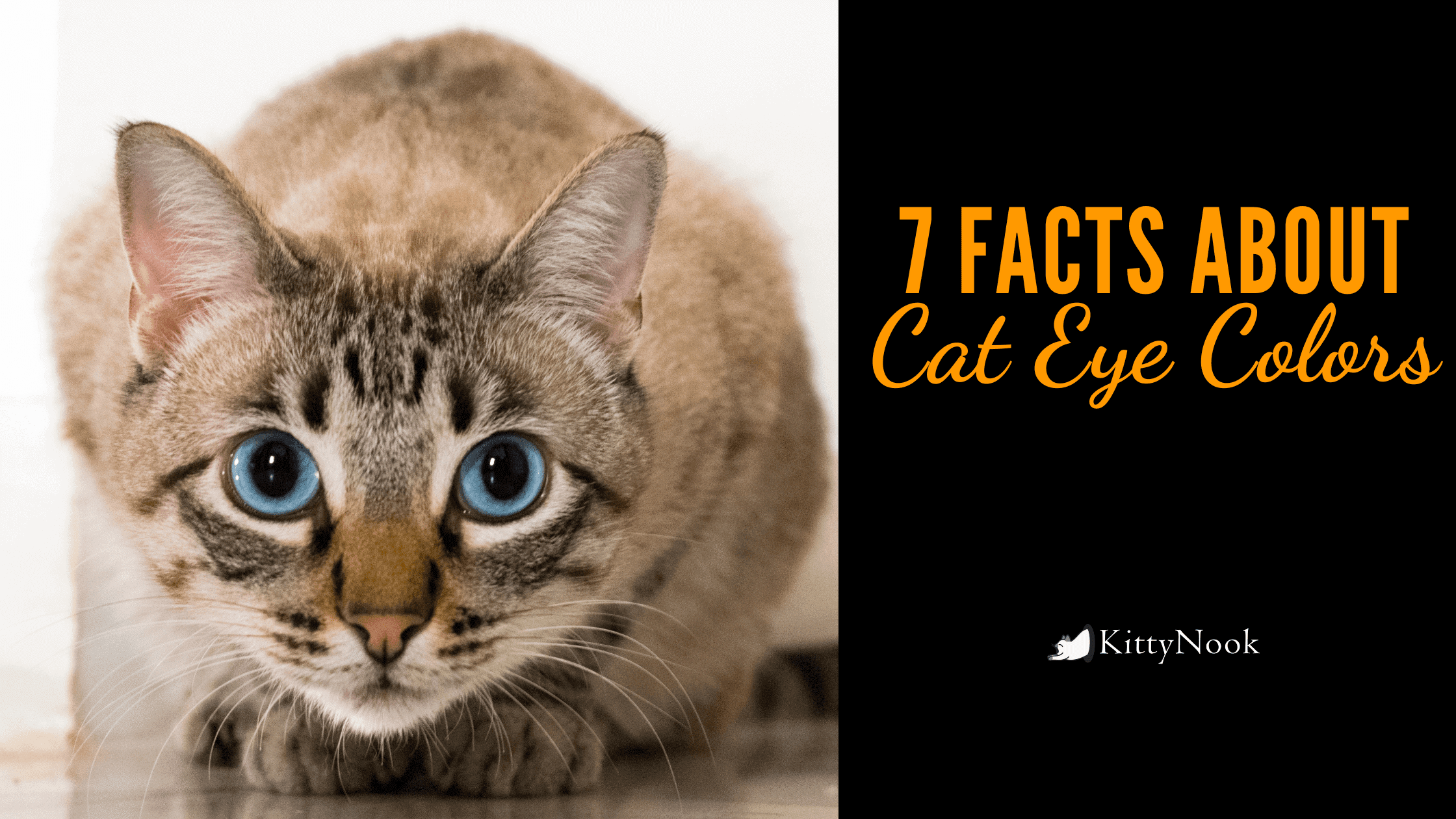My cat Otis has the most impressive eyes I'd ever before seen—but I am his mom, so I may be biased. Most of the photos I have of him reveal a pair of pale yellow eyes. But whatever color your feline's eyes are, there's a fantastic tale behind how they got in this way. Check out these cool facts on feline eye colors!
1. Feline Eye Colors Begin With the Iris
When we speak about cat eye colors, we are mostly talking about the Iris. This is the colored area around the pupil of your cat's eyes. The Iris has two layers, which are called the stroma and epithelium layers. Both of these contain pigment-producing cells called melanocytes. In the stroma, those melanocytes are spaced out; in the epithelium, they are much denser.
2. It's All About The Melanin

The pigment generated by the melanocytes is called melanin. A while back, I also wrote a blog on the genes behind cat coat colors, in which I discussed that melanin plays a vital role in establishing how dark your pet cat's fur coat will be. This also holds with cat-eye colors: the more melanocytes present in your cat's irises, the darker the eyeshade will be. However, cat's Irises don't get as dark brown as human eyes do. The darkest shade you'll see in a cat's eyes is a deep copper.
3. A Cat's Eye Color Intensity Is Linked to Melanocyte Activity
When the melanin-producing cells are active, cat-eye shades will become more extreme. For example, a cat with a medium quantity of extremely active melanocytes will have intense golden-yellow eyes; a feline with a medium amount of much less active melanocytes might have pale lemon-yellow eyes.
4. Pureblooded Cats Tend To Have More Intense Eye Colors
Because full-blooded felines are bred to meet strict criteria, which commonly includes eyeshade, breeders select kittens with intense colors or specific colors. For example, the Bombay cat breed requirement calls for copper-colored eyes. Tonkinese has a severe aqua-colored look.
5. Blue-Eyed Cats Have Zero Melanin In Their Irises
You notice how window glass looks clear when you look straight through it, but it looks blue or green around the edges? That's because of the refraction of light via a clear surface area. The same event occurs with blue-eyed cats: they have no pigment cells in their irises. And because the eye has a rounded form, light refracts via that round surface area and generates the blue eye color in cats.
6. There's A Connection Between Melanin and Kittens' Eyes
Kittens have blue eyes because their melanocytes haven't begun working yet. As they grow, their melanocytes start to activate, and their eyes' natural shade begins to show up. This "grown-up" eyeshade starts to appear around 4 to 6 weeks of age. A kitten's real eye color typically becomes apparent by the time they're four months old.
7. There Is Usually Little Connection Between Eye and Coat Colors

Different genetics causes coat colors and cat-eye shades. It may be that melanocytes in the fur may be a lot more (or less) active than those in the eyes. Thus, black cats typically have green or pale brown eyes. However, a full-blooded orange Persian might have dark copper-colored eyes. The only exception is white felines: since the epistatic white genetics leads and masks other shades, white cats are statistically likely to have blue eyes than bred kittens of different colors.
Is there anything else you want to find out about pet eye color shades? Ask away in the comments!





















